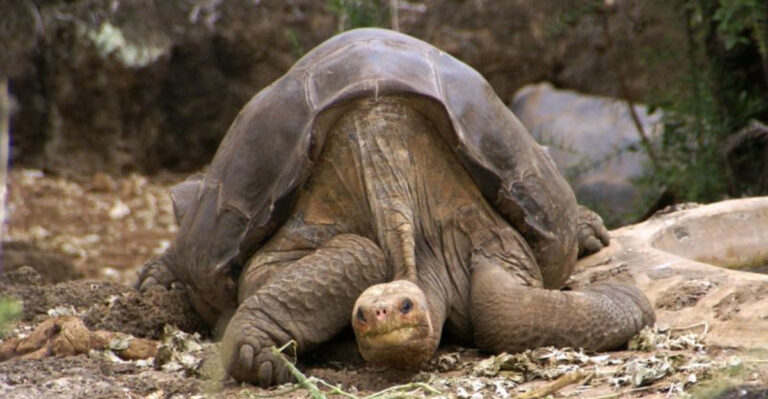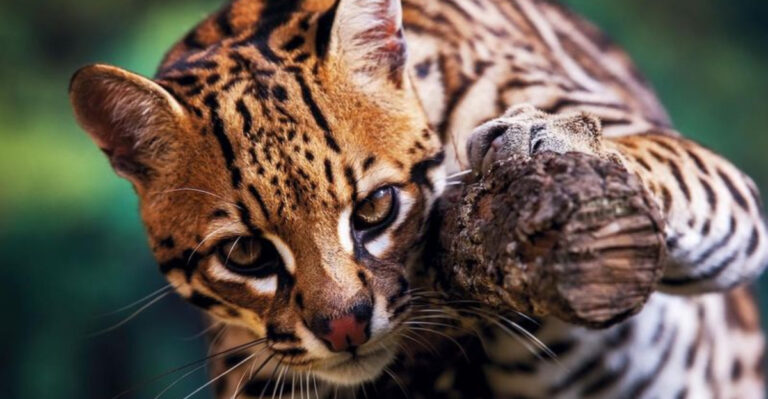Baleen Whales Are Devouring Far More Krill Than Anyone Realized (Here’s Why It Matters)
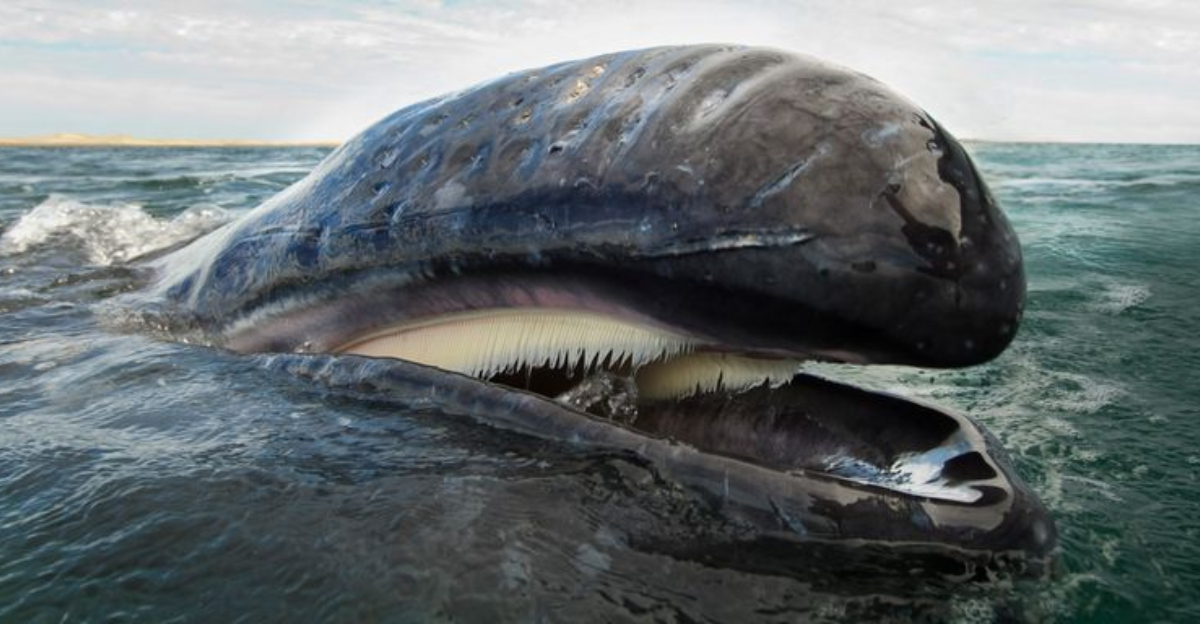
Recent marine research has uncovered a startling revelation about baleen whales and their appetite for krill.
These ocean giants are consuming three times more of these tiny crustaceans than scientists previously calculated. This discovery isn’t just interesting trivia – it completely changes our understanding of ocean ecosystems and might even affect how we approach climate change solutions.
1. Record-Breaking Appetites
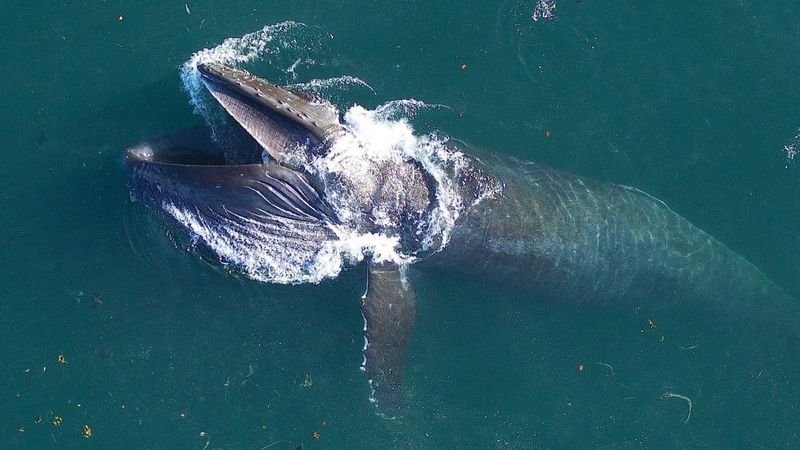
Scientists were shocked when new data revealed baleen whales consume about 30% of the Southern Ocean’s krill biomass annually. That’s triple previous estimates!
A single blue whale can gulp down nearly 16 tons of krill daily during feeding season. For perspective, that’s equivalent to the weight of three adult elephants consumed every single day.
2. Ocean Fertilization Program
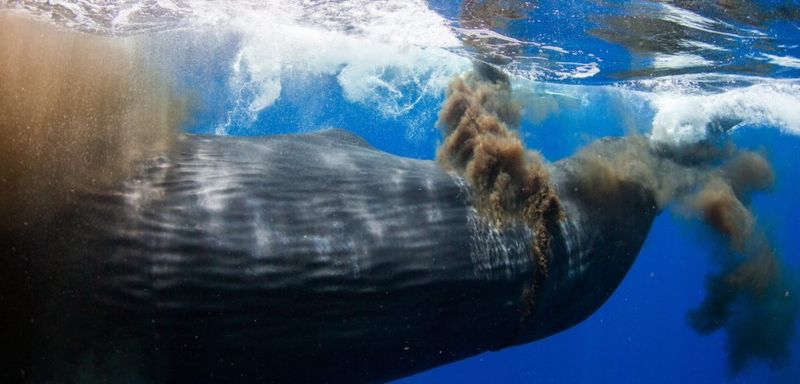
Whale poop works like magic in the ocean. Rich in iron and nitrogen, these nutrient bombs trigger phytoplankton blooms wherever whales travel.
Unlike fish waste that sinks, whale excrement floats near the surface where sunlight penetrates. This perfect positioning allows microscopic ocean plants to absorb these nutrients and multiply rapidly, creating green patches visible from space.
3. Krill’s Mind-Blowing Numbers
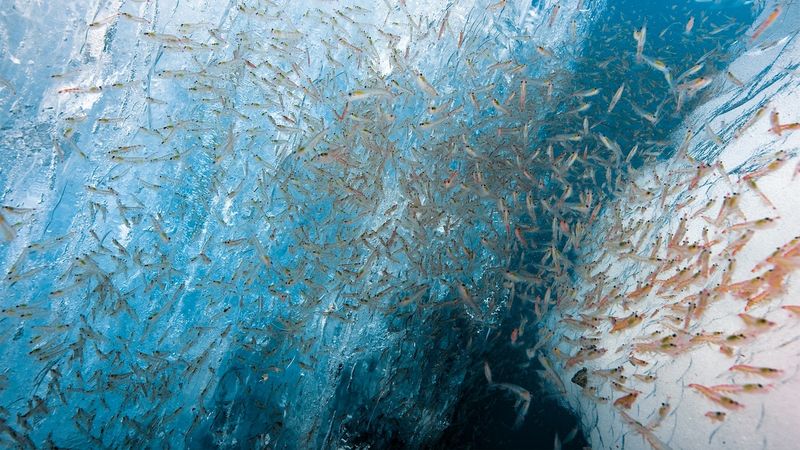
Krill form the largest animal biomass on our planet. Antarctic waters alone host around 500 million tons of these shrimp-like creatures—more than the combined weight of all humans!
During peak season, krill swarms become so dense they turn ocean patches pinkish-red. These super-swarms can stretch for miles, containing billions of individuals packed tightly together.
4. Nature’s Nutrient Recyclers
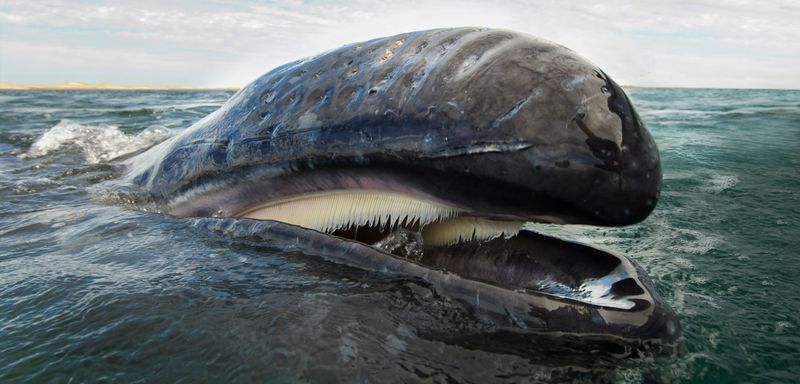
Whales are mobile fertilizer factories. Their massive bodies transport nutrients from deep waters to surface zones and across ocean basins.
When feeding in deep waters, they absorb nutrients that would otherwise remain locked away from surface ecosystems. By bringing these nutrients up through migration and excretion, whales create biological hotspots throughout their range.
5. Perfect Ocean Harmony
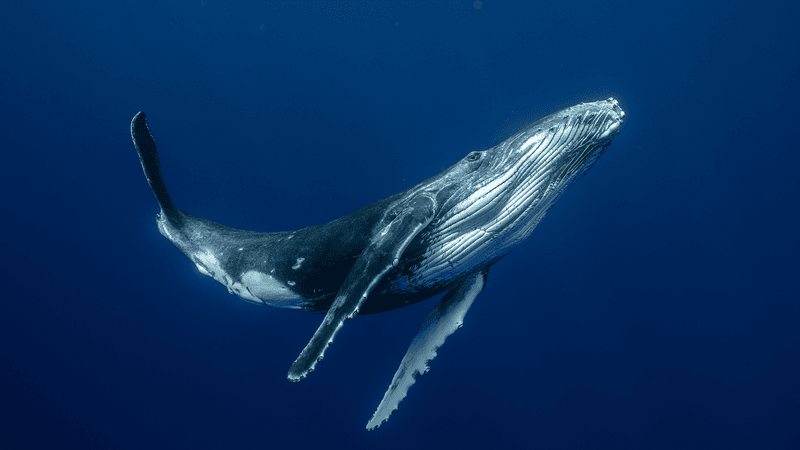
Marine ecosystems function like a synchronized orchestra. Whales consume krill, release nutrients, phytoplankton absorb those nutrients, and krill feed on phytoplankton.
This circular relationship maintains balance throughout the food web. When whale populations thrive, the entire system benefits from enhanced nutrient cycling and greater overall productivity.
6. Whaling’s Hidden Damage
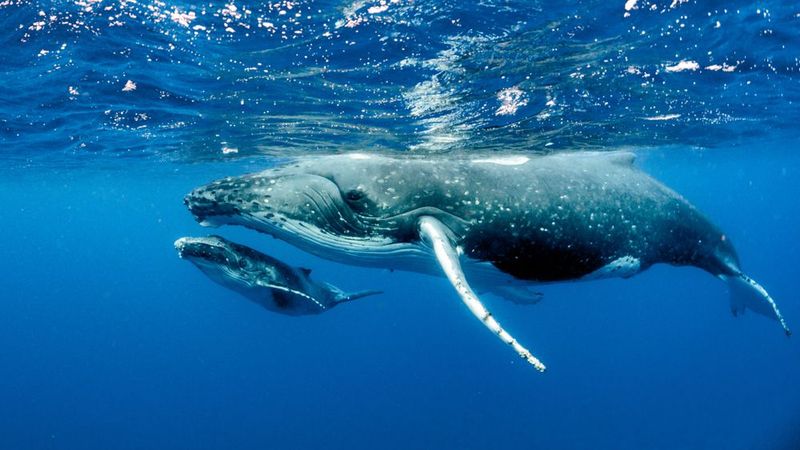
Commercial whaling removed approximately 1.5 million baleen whales from our oceans between 1900 and 1970. With them went the biological pump that distributed vital nutrients.
Ocean productivity likely dropped dramatically during this period. Scientists estimate the Southern Ocean lost about 12,000 tons of iron recycling annually—enough to support massive phytoplankton growth and the marine life depending on it.
7. Whale Recovery Benefits Everyone

Rebuilding whale populations could supercharge ocean productivity. Models suggest full whale recovery might increase Southern Ocean productivity by up to 40%.
More whales mean more fish, more seabirds, and healthier marine ecosystems overall. Their recovery could even boost commercial fisheries by enhancing nutrient cycling that supports fish populations humans harvest.
8. Cutting-Edge Whale Research
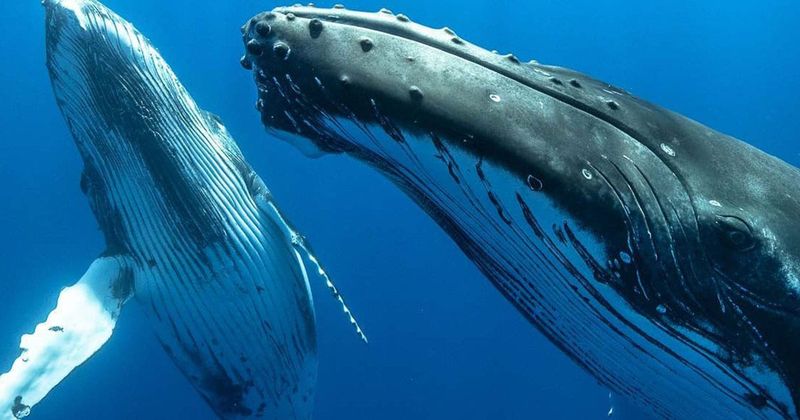
Tracking giant animals in vast oceans requires innovative tools. Scientists now deploy specialized tags that record diving behavior, feeding lunges, and even heart rates.
Drones capture footage of feeding events from above while ship-mounted echosounders map krill swarms below. This technological revolution has transformed our understanding of whale feeding habits and their ecological impact.
9. Pre-Whaling Consumption Was Astronomical

Before industrial hunting devastated their numbers, baleen whales collectively consumed more food annually than all modern commercial fisheries combined. Blue whale populations alone were 25 times larger than today.
These historical populations likely ate over 430 million tons of krill yearly. Their feeding activities would have significantly shaped ocean chemistry, productivity, and carbon cycling on a global scale.
10. Ecosystem Engineers

Baleen whales aren’t just passive participants in ocean ecosystems—they actively shape them. Their feeding behavior creates localized upwelling that brings nutrients from deeper waters.
When hunting, they disturb water columns and scatter krill, creating feeding opportunities for seabirds and fish. Even their massive bodies create physical habitats after death, supporting unique deep-sea communities for decades.
11. Masters Of Efficient Feeding
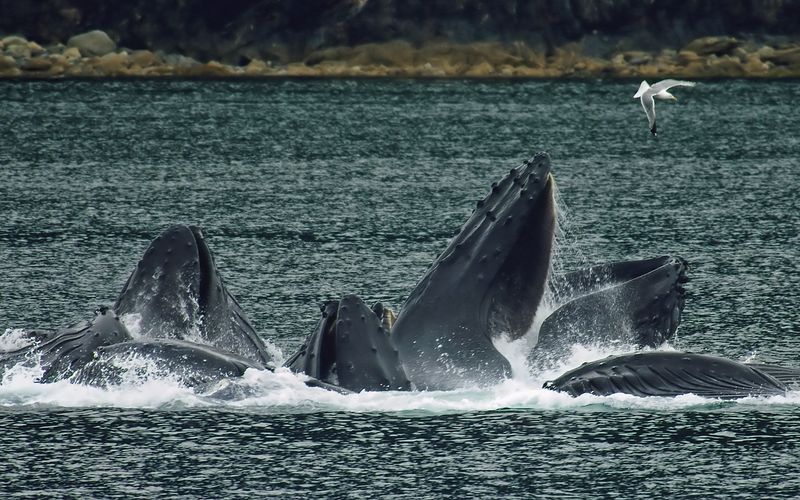
Baleen whales have perfected bulk feeding over millions of years. Their pleated throats expand like accordions, allowing them to engulf water volumes larger than their entire bodies.
Humpbacks employ ingenious bubble-net techniques to corral krill. They exhale air underwater in spiral patterns, creating living nets that concentrate prey before lunging through the center with open mouths.
12. Krill’s Many Admirers
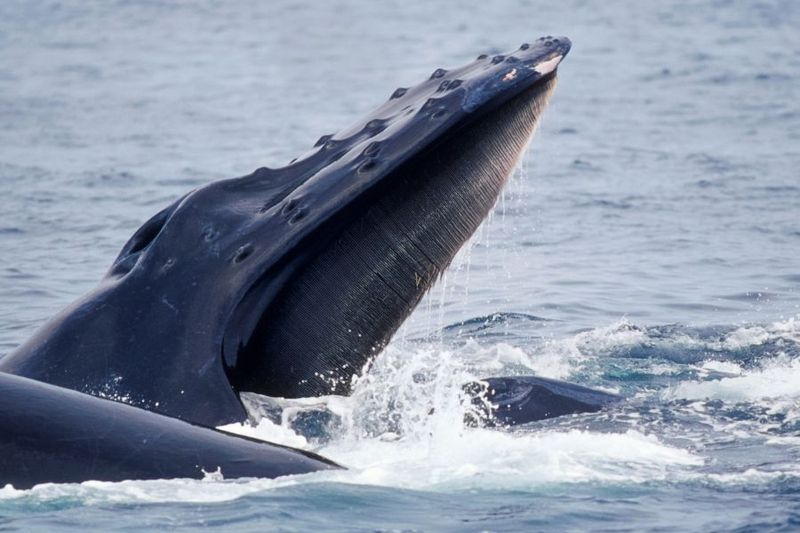
Krill support an incredible diversity of predators beyond whales. Penguins, seals, squid, and countless fish species all depend on these tiny crustaceans.
Counter-intuitively, whale predation actually helps maintain healthy krill populations. By preventing any single krill swarm from dominating, whales promote genetic diversity and resilience throughout krill communities.
13. Climate Heroes With Flippers

Each great whale sequesters about 33 tons of CO2 on average. Their bodies lock carbon away for centuries when they sink to the ocean floor after death.
More importantly, their nutrient cycling activities stimulate phytoplankton growth that absorbs billions of tons of carbon annually. Protecting these marine mammals might be one of our most effective natural climate solutions.




